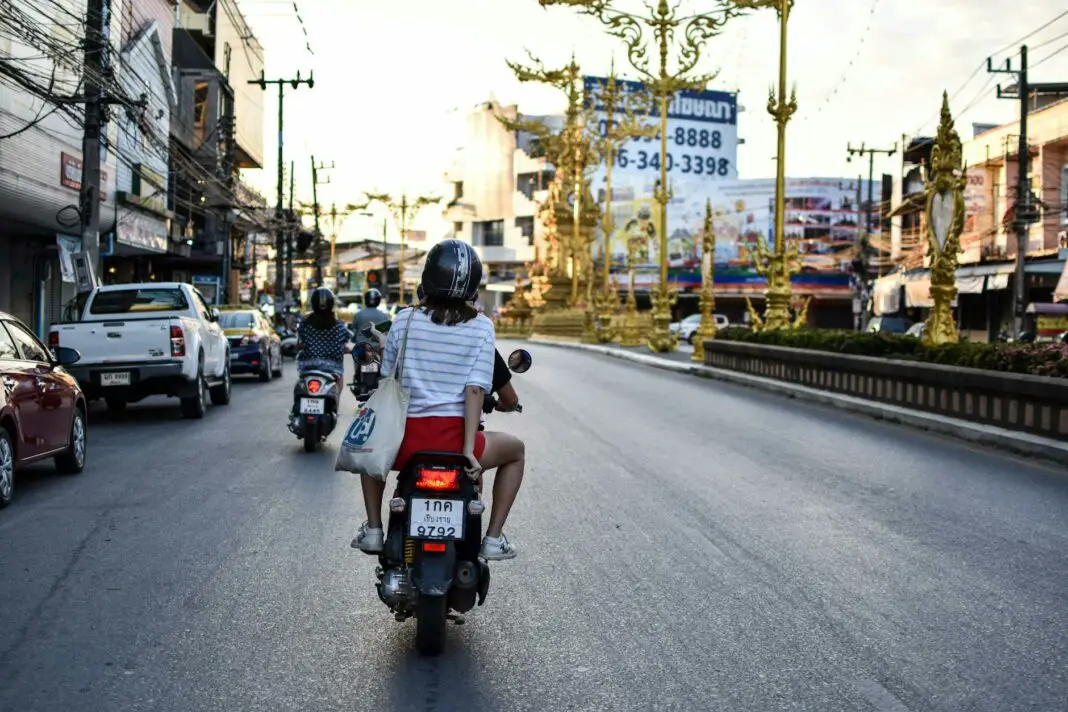Embarking on a trip to Thailand can be an exhilarating adventure, especially for diving enthusiasts looking to explore the breathtaking underwater ecosystems. With its crystal-clear waters, vibrant marine life, and welcoming culture, Thailand stands out as a premier destination for both novice and experienced divers. However, amidst the excitement of diving into the stunning depths, it’s crucial to prioritize safety and avoid common mistakes that can turn a dream dive into a nightmare.
This blog post delves deep into the essential aspects of diving safety in Thailand. You will discover the common mistakes divers often make, proactive steps to enhance safety, and insider tips to ensure your underwater adventures are both thrilling and secure. Whether you are planning your first dive or are a seasoned explorer, understanding these safety protocols will enrich your experience in the mesmerizing Thai waters.
Table of Contents
- Common Diving Safety Mistakes in Thailand
- Pre-Dive Preparation Tips
- Staying Aware Underwater
- Emergency Protocols
- Understanding the Local Dive Environment
- Diving Smartly in Thailand
- Frequently Asked Questions
Common Diving Safety Mistakes in Thailand
While the underwater world of Thailand offers unparalleled beauty, it also presents a unique set of challenges. Many divers, especially those unfamiliar with the region, often overlook crucial details that can lead to dangerous situations. One common mistake is not checking equipment properly before dives. Equipment failure can endanger even the most seasoned divers, yet it is easily preventable with a simple, thorough inspection. Ensure each piece of gear is functional, and that you are comfortable using it before entering the water.
Another frequent error involves ignoring dive safety protocols, particularly regarding depth and ascent rates. Divers often succumb to the temptation of diving deeper for an enhanced experience, forgetting that exceeding recommended depth limits can lead to serious complications. Mindful diving is essential; adhere closely to safety guidelines and embrace the thrill of exploring the vibrant ecosystems at safe depths. Additionally, insufficient buddy checks can compromise safety. Always dive with a partner and conduct thorough checks to ensure you both are well-prepared to handle any situation that arises.
Pre-Dive Preparation Tips
Preparing effectively before a dive is paramount to ensure a safe and enjoyable experience. First, educate yourself on the specific dive site you plan to explore. Each location has its unique characteristics, including current conditions, depth profiles, and potential hazards. By familiarizing yourself with these factors, you can better plan your dive and discuss any concerns with your dive leader or instructor.
Additionally, consider undergoing a health assessment before diving, especially if you have experienced any medical concerns recently. Diving can impose physical stress, hence, ensuring you are fit and healthy is vital. Carry a dive log to document your previous experiences and dives. This record not only keeps you accountable but also provides your dive guide with valuable insights into your experience level, helping them tailor the dive to your needs.
Staying Aware Underwater
Awareness while underwater cannot be overstated. Many divers may become so entranced by their surroundings that they lose focus on their safety. Regularly checking your air supply, monitoring your buddy, and being cognizant of your surroundings are critical practices. Pay attention to changes in water currents and temperature, as these can signal the need to adjust your dive plan. Staying aware of these elements can prevent disorientation or lead you to unexpected dangers.
Your buoyancy control is also an essential component of safe diving practices. Over-inflated BCDs can lead to quick ascents, which is a common cause of decompression sickness. Practice your buoyancy skills regularly to ensure you can maintain control during your dive. Engaging with your dive buddy and communicating visually can enhance your overall situational awareness. Building this teamwork aspect fosters a safer diving culture while allowing for a more enjoyable experience.
Emergency Protocols
No one likes to think about emergencies while diving, but being prepared can significantly impact your ability to respond and stay safe. Before you dive, familiarize yourself with the emergency procedures specific to your dive site. This may include exits, nearest medical facilities, and protocols for addressing various incidents. Knowing what to do in emergencies and having a go-to plan can instill confidence that you’re prepared for unexpected situations.
Establish clear signals with your dive buddy for different scenarios, such as needing to surface or signaling an emergency situation. Practice these signals regularly to ensure clarity and quick response. In addition to buddy systems, knowing how to use your dive equipment in emergencies is crucial. Familiarize yourself with your air supply, buoyancy control devices, and other gear, so you know how to react quickly if something goes awry.
Understanding the Local Dive Environment
Thailand is home to a diverse range of aquatic environments, each unique and filled with its own set of hazards and attractions. Adequate understanding of the local marine life and ecosystem can enrich your diving experience and help you stay safe. While many divers are keen to get close to vibrant creatures, knowledge of which species are benign and which are potentially harmful is vital in preventing accidents.
Moreover, recognizing environmental conditions such as currents, tides, and visibility can significantly enhance your dive safety. Each dive site may have unique challenges that necessitate a tailored approach to your dive plan. Things such as sharp coral reefs can pose risks; therefore, understanding the appropriate techniques to navigate around them can prevent accidents. Align your diving adventures with a reputable dive operator well-versed in local conditions to enhance both safety and enjoyment.
Elevate Your Diving Experience in Thailand
By actively addressing common diving safety mistakes, preparing pre-dive, maintaining awareness underwater, and understanding the local dive environment, you can take proactive steps to ensure a fantastic diving experience in Thailand. Remember, diving should be a source of joy and discovery, but safety must always remain the top priority. Embrace the beauty around you, but don’t let the allure of the ocean overshadow the need for smart, cautious diving practices.
Your adventure in Thailand awaits, and by implementing these safety tips, you’ll set the foundation for unforgettable underwater exploration. When you make informed choices and focus on safety, diving in Thailand transforms from just another activity into a remarkable journey through some of the most enchanting waters on the planet.
Frequently Asked Questions
- What is the best time to dive in Thailand?
The ideal time to dive in Thailand typically falls from November to April when the weather is dry, and visibility is at its best. However, conditions can vary by region, so check the specific site you’re interested in exploring. - Are there any specific certifications needed to dive in Thailand?
For recreational diving, it’s essential to have at least an Open Water certification from a recognized organization, such as PADI or SSI. Advanced certifications are necessary for deeper dives or more challenging dive sites. - How can I choose a reputable dive operator in Thailand?
Research local dive shops, read online reviews, and seek recommendations from fellow divers to find a reliable operator. Look for operators with safety records, experienced staff, and positive customer feedback. - What should I do if I encounter marine life while diving?
Maintain a respectful distance from all marine life, and avoid touching or provoking them. Educate yourself about any potentially dangerous species you may encounter and act accordingly.
Image Credit: Pexels





